
All categories
Featured selections
Trade Assurance
Buyer Central
Help Center
Get the app
Become a supplier

(5 products available)
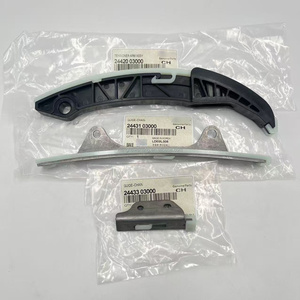

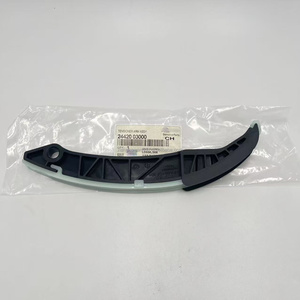
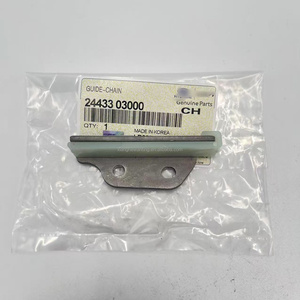

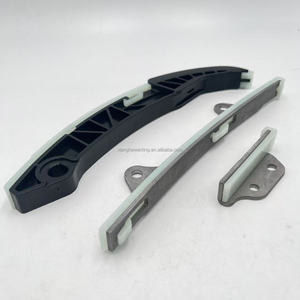

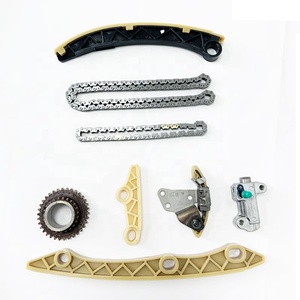


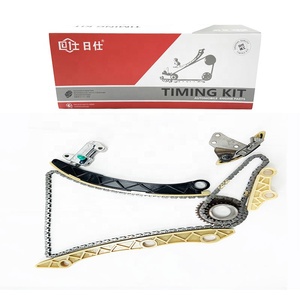


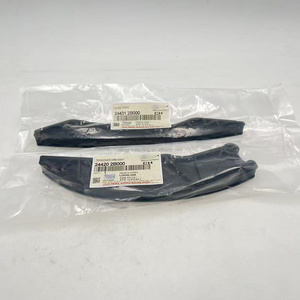

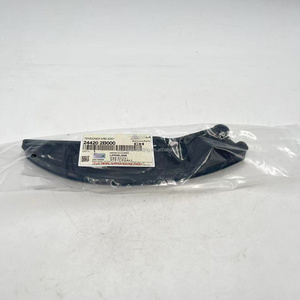

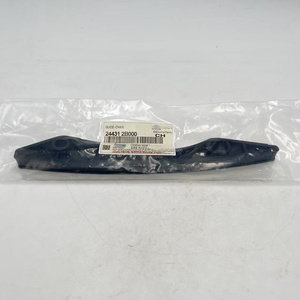
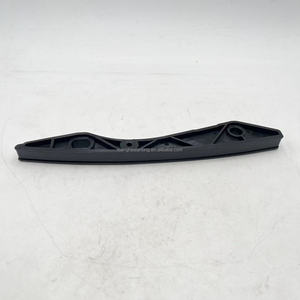

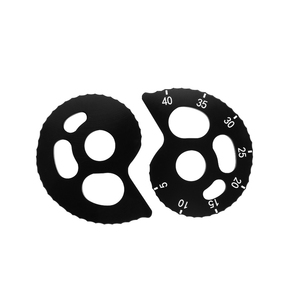
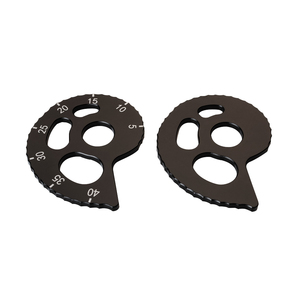

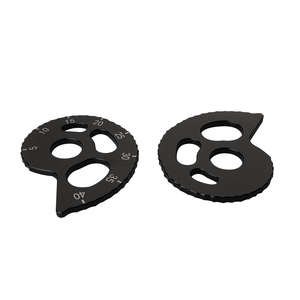
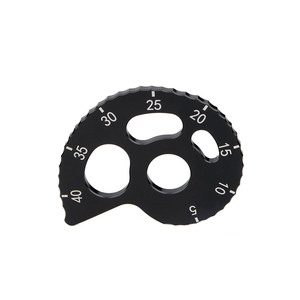
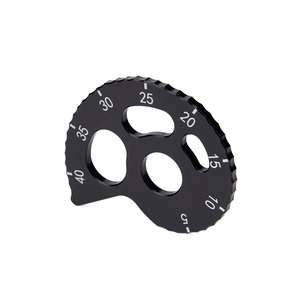

The K20 upper timing chain guide is an integral part of the timing chain system. It ensures the chain runs smoothly around the crank sprockets. It is made of a strong plastic material that has got high resistance against wear and tear. Its lightweight construction does not add any unnecessary burden to the engine components. The guide is rigid enough to prevent deformation under stress. This feature ensures that the timing chain maintains correct tension and alignment at all times.
Therefore, as a result, this contributes to optimal engine performance. Over time, however, this guide can wear out. Consequently, it requires replacement to prevent potential timing chain failure. When this happens, signs might include unusual noises from the engine, which might be the chain slipping out of place and vibrating against other components.
This guide supports the timing chain as it runs around the cam sprockets. It minimizes the chances of the chain jumping out of alignment. Just like the upper guide, the lower one is made of durable plastic. It resists abrasion and damage from the constant movement of the chain. Its role is to ensure that the timing chain stays in line and moves with ease. This supports the proper operation of the K20 engine.
Consequently, it does this by contributing to the coordination of all moving parts within the K20 engine. It, therefore, becomes very important when the timing chain is overly loose. Signs of wear and tear on the lower guide are often accompanied by strange sounds coming from the vicinity of the engine. Additionally, one might also notice a decrease in engine efficiency and performance. These could all be clear indications of a need for a timing chain guide replacement.
A tensioner maintains the proper tension of the timing chain. This helps in preventing it from becoming too loose or too tight. This tensioner is typically hydraulic or mechanical. It automatically adjusts based on the chain's slack. This means that it provides consistent tension during the different engine operating conditions. Moreover, the tensioner plays a critical role in reducing wear on both the chain and the guides. This is because it helps in preventing the chain from slapping around excessively.
In the absence of a well-functioning tensioner, there can be serious repercussions for the K20 engine. A worn-out tensioner, for example, might fail to give adequate support to the timing chain. This might even lead to misalignment of the chain and, therefore, potential engine damage. Also, as the timing chain guides wear out, they produce strange noises. Watch out for any sounds that come from the engine area, as these can point toward the need for a new timing chain guide.
The replacement of the timing chain guide requires certain steps to be followed. These steps ensure that the guides are effectively replaced without causing any damage to the surrounding parts. It also recommends to always refer to a repair manual for the specific vehicle for detailed instructions
First, it's imperative that one disconnects the car battery. This helps ensure that there is no electrical power while working on the engine. First, remove all the parts obstructing access to the timing chain. This may include the valve cover, intake manifold, and any accessories attached to the engine. Next, loosen the timing chain tensioner to relieve slack in the chain.
It helps to mark the position of the timing chains concerning the sprockets. This will help keep the chain in the right place when it is re-installed later on. One should then carefully remove the old timing chain guides from their positions. This should be done without damaging the timing chain or other components. After this, the new guides should be installed in their respective places.
Now, reinstall any removed components. These include the valve cover and intake manifold. Make sure that everything is connected back as it was before the process began. Once all these steps have been completed, the battery can be reconnected. Finally, run the engine and ensure that it is working properly while also checking that the new guides are functioning correctly.
For the sports car lovers, the K20 timing chain guide replacement is a very important operation. It helps in boosting performance, ensures longevity and reliability, and prevents possible damage to the surrounding components. The K20 engine, commonly found in several Honda and Acura models, is known for its high performance and durability.
However, even the most robust engine will start to wear out over time, and parts will need to be replaced. This does not mean that the engine will not continue to offer the optimal performance that it is known for; this is where the timing chain guides come in. They ensure that the timing chain is aligned correctly at all times. When they begin to wear out, it affects the guides, and performance will suffer.
Replacing worn-out guides with new ones improves this vital system's efficiency and functionality. It also reduces the chances of one experiencing the commonly associated issues with worn-out guides. Which, for this instance, is probably chain slapping and misalignment. Furthermore, new guides help reduce friction between the chain and guides, hence minimizing wear on the chain itself. When performance is bettering, it allows the engine to run more smoothly and more powerfully.
The K20 timing chain guides are designed to handle high-speed operation conditions typical of sports cars. They do this by reducing noise and vibrations. This guide accommodates the chain's movement even at higher RPMs. Consequently, it does not compromise the overall performance capability of the engine.
Replacing these timing chain guides at the right time prolongs the engine's life and preserves sports car functionality. It also enhances resale value as it shows good maintenance. The guides are made from durable materials, so they can easily withstand wear and tear. They are impact-resistant and strong, so they hold up under normal and excessive driving conditions.
There are a few factors to consider when replacing the K20 timing chain guide. The K20 timing chain guide is essential to the clients who are replacing the K20 timing chain guides
Timing Chain Wear
The timing chain can also wear over time just as the guides do. To ensure that the clients do change the parts in synergy with each other, it will often be important to check the condition of the chain itself. So, observe any signs of wear, such as stretching or any form of degradation. If, for any reason, the clients have worn out timing chain guides, the law of K should also compel them to replace the K20 timing chain as well, so it is best to assess them together.
OEM vs Aftermarket
When it comes to replacement parts, there is often the choice between OEM (Original Equipment Manufacturer) and aftermarket parts. The OEM parts are designed bearing the original specifications of the vehicle in mind, so they will give a proper this fit and function. Aftermarket parts, though, may come slightly cheaper; they also might offer better performance or require more quality. Weighing the differences 'tween the two and deciding on the right one will depend on one'e's needs and budget.
Installation Difficulty
The process of installing this K20 upper timing chain guide isn't very straightforward. There are a lot of components that need to be dislodged and some even removed before the guides can be accessed. Cars should know that, depending on the vehicle platform, replacing timing chain guides may have a rather tedious consequence. Some may opt to do the work by themselves in the garage, while others may see the sense in hiring experts who know what they are doing. It is imperative that they factor in the complexity of the task to decide properly whether they will undertake it themselves or get a profession to do it for them.
Engine Type Compatibility
The K20 timing chain guides are compatible with a variety of Honda and Acura vehicles. However, it is vital not to forget to double-check the client-specific vehicle K20 timing chain guide suitability. Getting this K20 timing chain guide to be compatible with other engine types will affect its performance and cause more damage to the engine in the long run. So, then, ensure that the guides are right for the make and model of the K20 engine.
A1: This largely depends on the specific vehicle and the manufacturer's recommendations. Some models may require it between 100,000 - 120,000 miles, and some might be okay with it until 200,000 miles. More importantly, though, regular K20 timing chain guide inspections and observations should be the order of the day. Some common signs that are often associated with this wear are excessive noise, engine misalignment, and, at times, even failure. Any of the three signs is a sure indication that replacement is needed.
A2: In this case, do not drive the car with worn-out timing chain guides. It will cause no more time but more problems. When worn-out guides can no longer perform their function, they will cause the timing chain to misalign and even snap in some cases. An issue like this can cause serious damage to the engine itself, among other things, and can end up costing the client a lot of repair bills. So, it isn't really worth the risk. It is best to replace the guides when the clients start noticing the signs.
A3: If the clients have relatively newer K20 timing chains, they do not have to change them when replacing the guides. But, if the K20 timing chain has been there for a while and is showing signs of wear or elongation, it then would make a perfect opportunity to change the timing chain altogether with the chain guides. The timing chain and guides work together in harmony, but it is possible to change only one in isolation, provided the other one is still in a good state.
A4: Both of them have their benefits. However, the OEM preside over the design and manufacture of the K20 engine, so they do know what part belongs where. They will give the K20 engine a perfect fit and function. Aftermarket parts could also provide a good fit with generic stock parts. This means that they come with varying levels of quality. Just as well, some might outperform the originals in some ways, though they highly might not meet the manufacturer's standards. In the end, it is up to the customer to weigh the pros and cons of both viewpoints to decide which one to take.